For the 2025 school year, there is 1 public middle school serving 348 students in Harrisburg CUSD 3 School District. This district's average middle testing ranking is 5/10, which is in the bottom 50% of public middle schools in Illinois.
Public Middle School in Harrisburg CUSD 3 School District have an average math proficiency score of 7% (versus the Illinois public middle school average of 24%), and reading proficiency score of 51% (versus the 29% statewide average).
Minority enrollment is 19% of the student body (majority Hispanic), which is less than the Illinois public middle school average of 61% (majority Hispanic).
Overview
This School District
This State (IL)
# Schools
5 Schools
1,600 Schools
# Students
1,788 Students
621,275 Students
# Teachers
144 Teachers
47,956 Teachers
Student : Teacher Ratio
12:1
12:1
District Rank
Harrisburg CUSD 3 School District, which is ranked within the bottom 50% of all 844 school districts in Illinois (based off of combined math and reading proficiency testing data) for the 2020-2021 school year.
The school district's graduation rate of 75-79% has decreased from 80-84% over five school years.
Overall District Rank
#591 out of 852 school districts
(Bottom 50%)
(Bottom 50%)
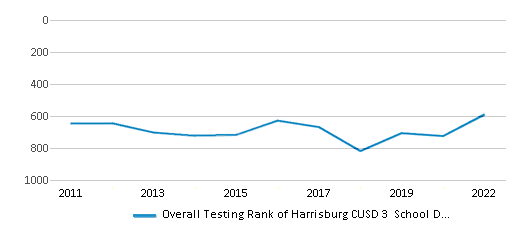
Math Test Scores (% Proficient)
(20-21)5%
28%
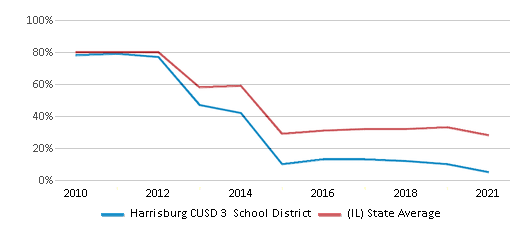
Reading/Language Arts Test Scores (% Proficient)
35%
30%
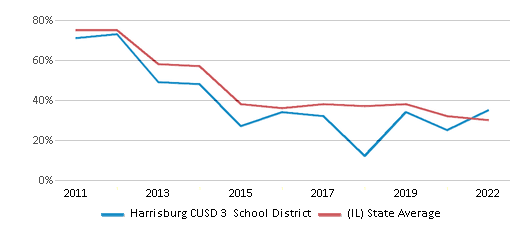
Science Test Scores (% Proficient)
54%
50%
Graduation Rate
75-79%
87%
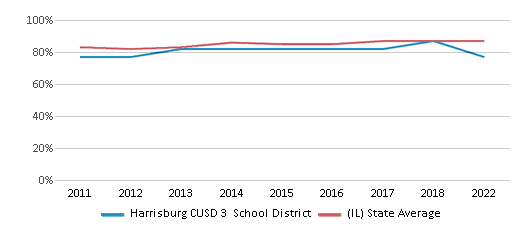
Students by Ethnicity:
Diversity Score
0.30
0.71
# American Indian Students
1 Student
1,364 Students
% American Indian Students
n/a
n/a
# Asian Students
8 Students
32,125 Students
% Asian Students
1%
5%
# Hispanic Students
59 Students
185,771 Students
% Hispanic Students
3%
30%
# Black Students
77 Students
133,271 Students
% Black Students
4%
22%
# White Students
1,492 Students
244,693 Students
% White Students
83%
39%
# Hawaiian Students
n/a
608 Students
% Hawaiian Students
n/a
n/a
# Two or more races Students
151 Students
23,281 Students
% of Two or more races Students
9%
4%
Students by Grade:
# Students in PK Grade:
120
19,756
# Students in K Grade:
140
27,178
# Students in 1st Grade:
124
28,250
# Students in 2nd Grade:
143
29,179
# Students in 3rd Grade:
137
29,629
# Students in 4th Grade:
102
30,553
# Students in 5th Grade:
146
38,342
# Students in 6th Grade:
122
109,327
# Students in 7th Grade:
116
135,557
# Students in 8th Grade:
110
137,502
# Students in 9th Grade:
132
9,488
# Students in 10th Grade:
130
9,079
# Students in 11th Grade:
136
8,909
# Students in 12th Grade:
130
8,526
# Ungraded Students:
-
-
District Revenue and Spending
Total Revenue (19-20)
$30 MM
$15 MM
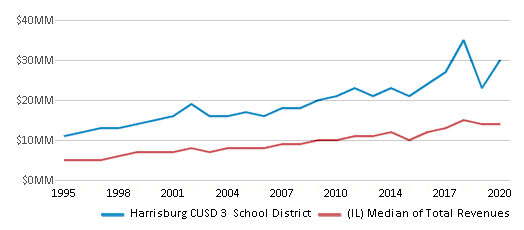
Spending (19-20)
$28 MM
$14 MM
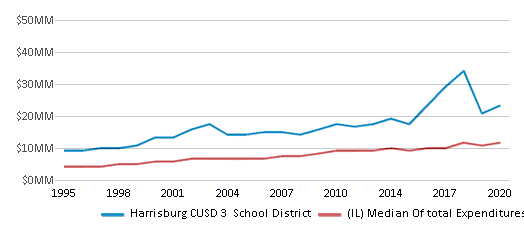
Revenue / Student (19-20)
$16,205
$19,707
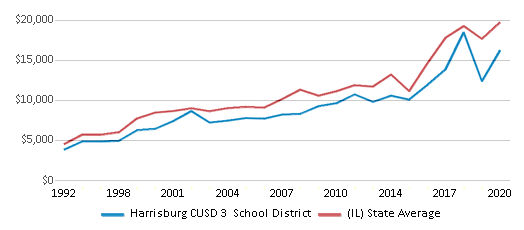
Spending / Student (19-20)
$15,239
$19,097
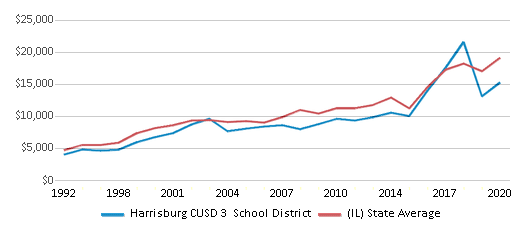
Best Harrisburg CUSD 3 School District Public Middle Schools (2025)
School
(Math and Reading Proficiency)
(Math and Reading Proficiency)
Location
Grades
Students
Rank: #11.
Harrisburg Middle School
Rank:
5/
Bottom 50%10
312 Bulldog Blvd
Harrisburg, IL 62946
(618) 253-7637
Harrisburg, IL 62946
(618) 253-7637
Grades: 6-8
| 348 students
Recent Articles

Sexual Harassment at Age 6: The Tale of a First Grade Suspension
A six-year old in Aurora, Colorado, was suspended after singing an LMFAO song to a little girl in his class and reportedly “shaking his booty.” We look at the case and the sexual harassment problem in public schools today.

How Scaffolding Could Change the Way Your Child Learns
This article explores the concept of instructional scaffolding, a teaching method that enhances learning by breaking down complex tasks into manageable parts. It highlights how scaffolding supports students in developing critical thinking skills and becoming more independent learners. The article discusses the benefits of scaffolding, including improved engagement and reduced anxiety, and provides strategies for its implementation across various educational levels.

February 05, 2025
Understanding the U.S. Department of Education: Structure, Impact, and EvolutionWe explore how the Department of Education shapes American education, from its cabinet-level leadership to its impact on millions of students, written for general audiences seeking clarity on this vital institution.





